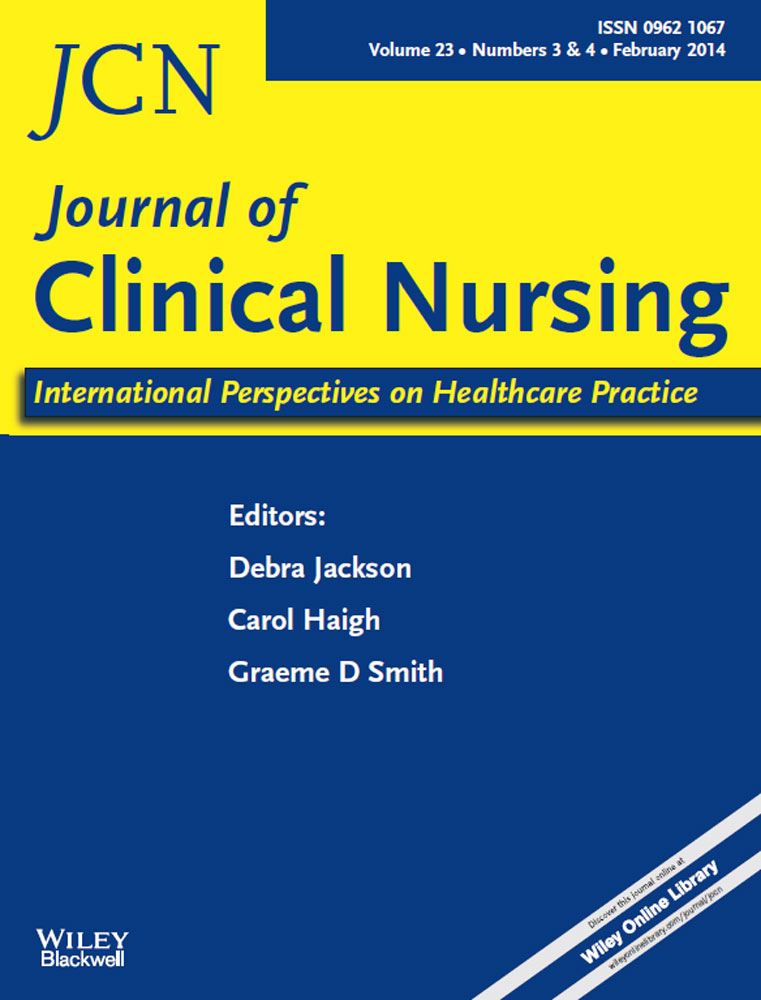Diaper dermatitis care of newborns human breast milk or barrier cream
Abstract
Aims and objectives
To establish the effectiveness of human breast milk and barrier cream (40% zinc oxide with cod liver oil formulation) applied for the skincare of newborns in the neonatal intensive care unit on the healing process of diaper dermatitis.
Background
Diaper dermatitis is the most common dermatological condition in newborns who are cared for in the neonatal intensive care unit. Recently, there are several kinds of complementary skincare methods suggested for newborns, such as sunflower oil, human breast milk, etc. Also, some chemical formulations are still being used in many neonatal intensive care units.
Design
Randomised controlled, prospective, experimental.
Methods
This study was carried out with a population including term and preterm newborns who developed diaper rash while being treated in the neonatal intensive care unit of a university hospital in Istanbul between February–October 2010. On completion of the research, a total of 63 newborns from human breast milk (n = 30) and barrier cream (n = 33) groups were contacted.
Results
Genders, mean gestation weeks, feeding method, antibiotic use, diaper area cleansing methods, diaper brands and prelesion scores of newborns in both groups were found to be comparable (p > 0·05). There was no statistically significant difference (p = 0.294) between the groups in terms of mean number of clinical improvement days, but postlesion score of the barrier cream group was statistically significantly lower (p = 0·002) than the human breast milk group.
Conclusion
Barrier cream delivers more effective results than treatment with human breast milk, particularly in the treatment of newborns with moderate to severe dermatitis in the result of the study.
Relevance to clinical practice
This study will shed light on nursing care of skin for newborns who are treated in neonatal intensive care unit.




